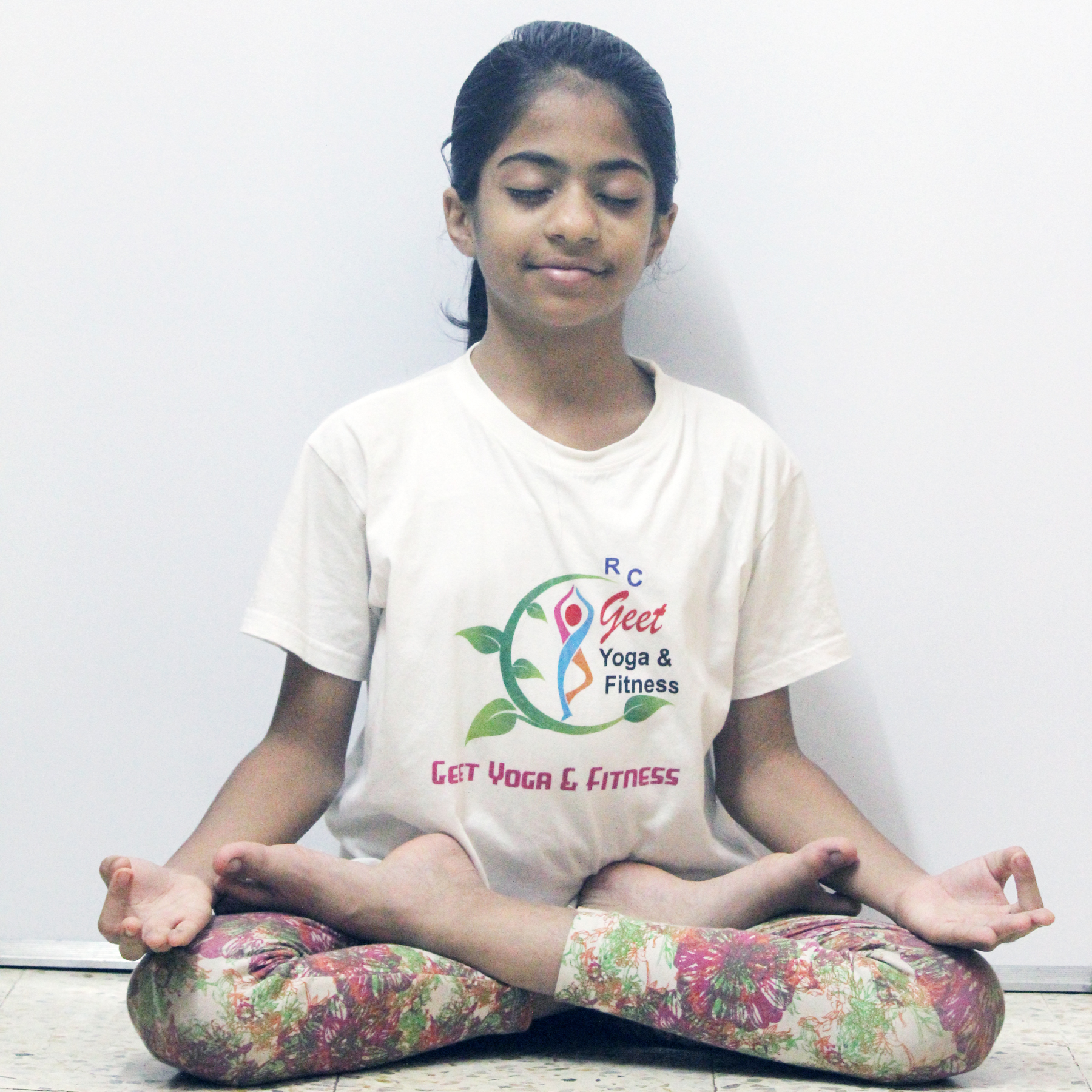Ujjayi Pranayama
Yoga is for Posers.

The sound is produced because of the friction of air within the throat; a typical sound like the ocean is made. (The sound is completely different from the sound emitted from the larynx) thence, the Pranayama is termed as Ujjayi Pranayama. By this it is also called as “Sound Breath” or “Ocean sound breath”. In Ancient days some Yog Rishi’s mentioned that by Ujjayi Pranayama Yogis can melt the snow. There is one another technique for Ujjayi Pranayama. In third technique apply Bandha’s with breath holding. First of all attempt Ujjayi pranayama in simple way then try with kumbhaka and at last if you are master in doing Ujjayi with Kumbhaka then go for Bandha’s in Ujjayi pranayama. For beginners do Ujjayi pranayama 3 to 5 times. Once you are used to it than increases the time as per your ability. Breathing through the nose humidifies the indrawn air, tempers it and removes mud particles. Exploitation Ujjayi Pranayama permits you to breathe clean air. The murmuring Ujjayi pranayama sound causes the bronchi to vibrate subtly, activating the ciliate epithelial tissue. Mud particles will be far from the lungs during this method. Throughout traditional respiratory, the pressure on the bronchi throughout exhalation is sort of modesty. Ujjayi Pranayama maintains steady pressure within the bronchi, even throughout the exhalation. This counteracts the collapsing of the smaller bronchi, permitting the exhalation to be swollen and also the quantity of residual air within the lungs to be reduced. This respiratory technique is very helpful for those that suffer from chronic hindering respiratory organ conditions or bronchial asthma. Ujjayi Pranayama {Ocean Breath}
-Steps And Benefits
The word “Ujjayi Pranayama” made from the Sanskrit prefix “ud” (उदà¥) and “ji” (जि): “ujji” (उजà¥à¤œà¤¿), Ujjayi (उजà¥à¤œà¤¾à¤¯à¥€), which means “Victory”, “one who is victorious”. Thus the Ujjayi breath means “victorious breath”. In this breathing exercise the process of Inhalation (breath in) and exhalation (breathe out) are both done through the nostrils. During the process of Inhalation (breathe in or Poorak) the “ocean like sound” is formed by moving the glottis as air passes in and out.
As the throat passage is narrowed thus, too, is that the airway, the passage of air through that creates a “rushing” sound. The length and speed of the breath are controlled by the diaphragm, the strengthening of that is, in part, and the aim of Ujjayi Pranayama. The inhalations and exhalations area unit equal in period, and area unit controlled in a very manner that causes no distress to the professional person. Ujjayi Pranayama helps to equalization and calming the breath that will increase the action of oxygenation and build internal body heat. How to Perform Ujjayi Pranayama: –
Ujjayi Pranayama other technique:-
Benefits of Ujjayi Pranayama:-
Best time for doing Ujjayi pranayama: –
Physiological Importance of Ujjayi Pranayama: –
Precautions for Ujjayi Pranayama:-